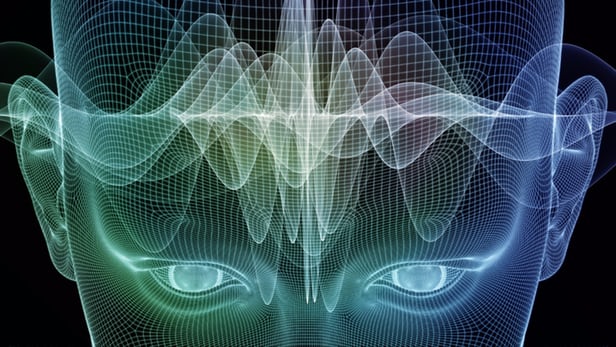
Despite the promise and non-invasive nature of neurofeedback, one major roadblock exists in its use for treating stress-related disorders – the location of the amygdala, the almond-shaped set of neurons that is essential for the regulation of emotion in the brain. Positioned deep within the brain's medial temporal lobe, the activity of the amygdala is typically measured using functional magnetic resonance imaging (fMRI), which isn't ideal for clinical use due to its high price and low accessibility.
Now, a team of researchers has created a new imaging technique that uses electroencephalography (EEG) to gather accurate information on amygdala activity, and demonstrated its ability to help people modify their emotions through the regulation of this ancient brain structure. Based on an imaging tool that they developed for a previous study, the device uses EEG to examine the amygdala's "electrical fingerprint" in order to determine changes in its activity.
"The major advancement of this new tool is the ability to use a low-cost and accessible imaging method such as EEG to depict deeply located brain activity," explains Talma Hendler, senior author of the study, and Jackob Keynan, first author of the study, both of Tel-Aviv University.
In the study, the team used the new tool to train 42 participants to reduce an auditory neurofeedback signal indicative of their amygdala activity. In addition to teaching participants to regulate the electrical activity of their amygdala, functional magnetic resonance imaging (fMRI) scans suggested that the neurofeedback task also led to a reduction in the regional activation of the brain structure.
An additional experiment conducted by Hendler's team put 40 participants through a behavioral task that tested emotional processing in the amygdala. Using the new tool, the data revealed that participants were able to downregulate their amygdala activity and control the way that their emotions manifested in their behavior.
"We have long known that there might be ways to tune down the amygdala through biofeedback, meditation, or even the effects of placebos," says John Krystal, editor of Biological Psychiatry. "It is an exciting idea that perhaps direct feedback on the level of activity of the amygdala can be used to help people gain control of their emotional responses."
Neurofeedback has been shown to have positive effects on disorders such as attention deficit disorder (ADD/ADHD), and the benefits of the new device highlighted in the current study suggest that it could become an important facet of future treatments of stress-related disorders. Future research will examine the effectiveness of the tool on participants who have experiences with real-life trauma and disorders, as all participants in the current study were healthy.

 Previous page
Previous page Back to top
Back to top







